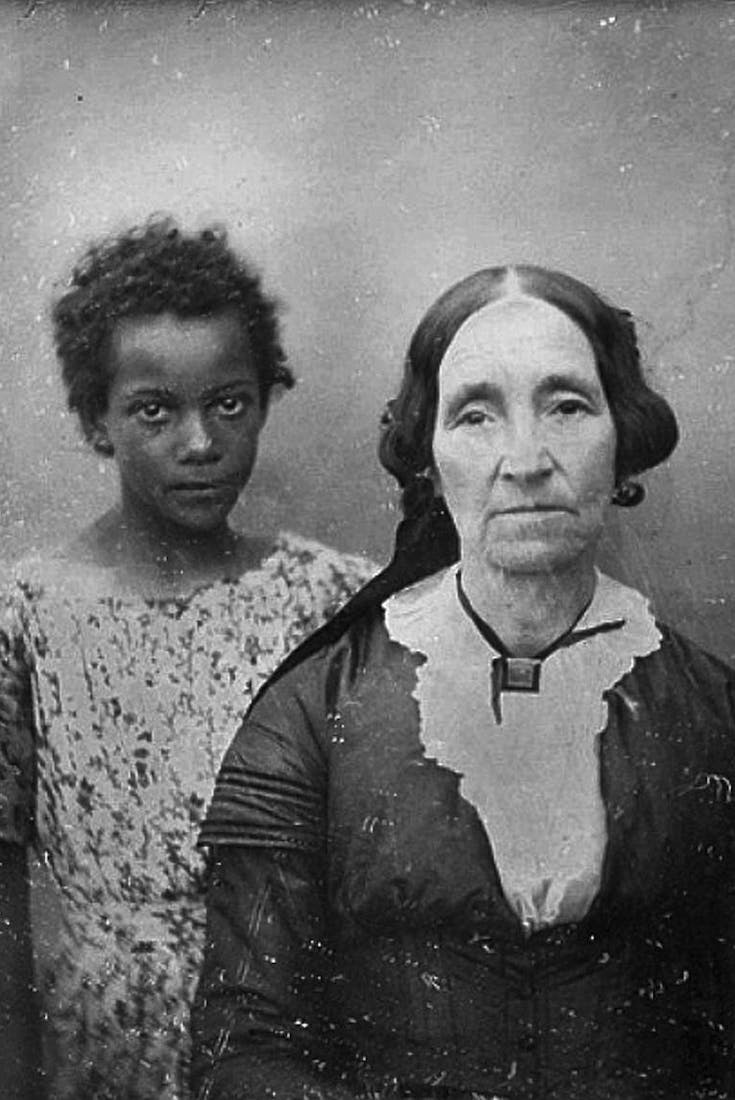The debut of the New York Times’ 1619 Project has pushed our nation closer to better understanding the impacts of slavery, which has ironically but not surprisingly been whitewashed for the past 400 years. However, there is more to be done in terms of reeducating Americans, especially white Americans, on the historical realities and complexities of slavery and the impact it carries for all of us today.
As the Director of the Africana Studies Program at Bryn Mawr College, I’ve made this reeducation a focal point of my teaching to ensure students are able to grasp, at the very least, the three main legacies of slavery: intergenerational trauma, imposed subjugation and the falsehood of the white savior.
The first and perhaps most significant legacy of slavery, intergenerational trauma, flourishes due to the spread of disinformation. Our education systems tend to provide students with a truncated version of the actual horrors of slavery, often redacting acts of psychological and physical trauma that still reverberate through Black communities. From the participation in blackface to the slander of the Black Lives Matter movement, these deliberate redactions have widespread implications on race relations today.
Featured Image, Woman with slave girl in the mid 19th century, New Orleans.
Full article @ Blavity

